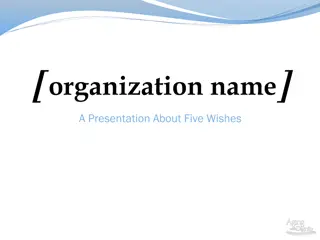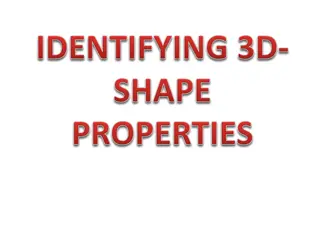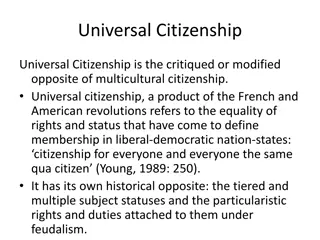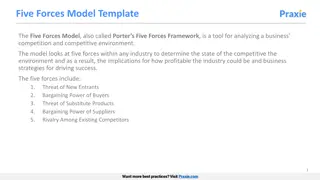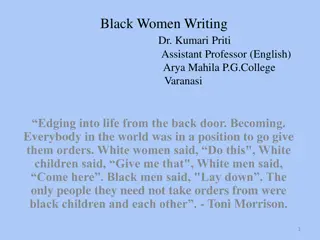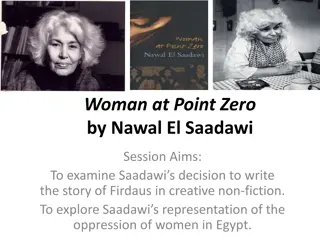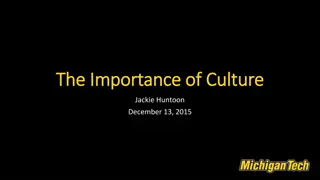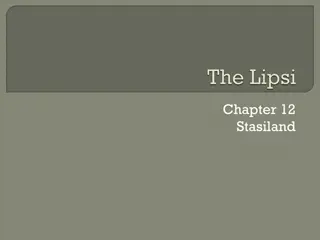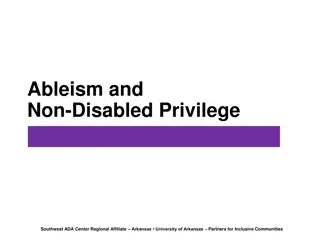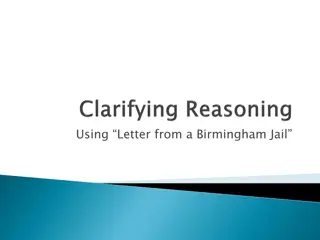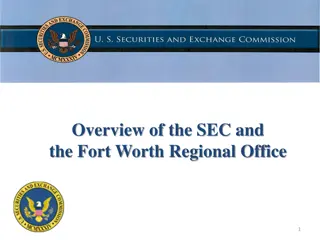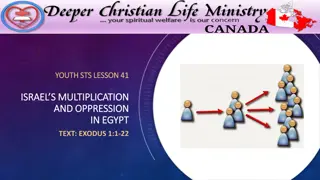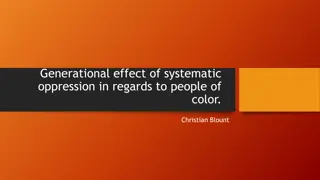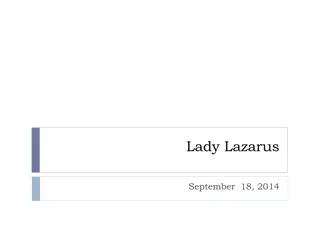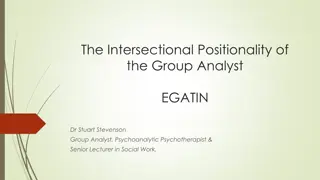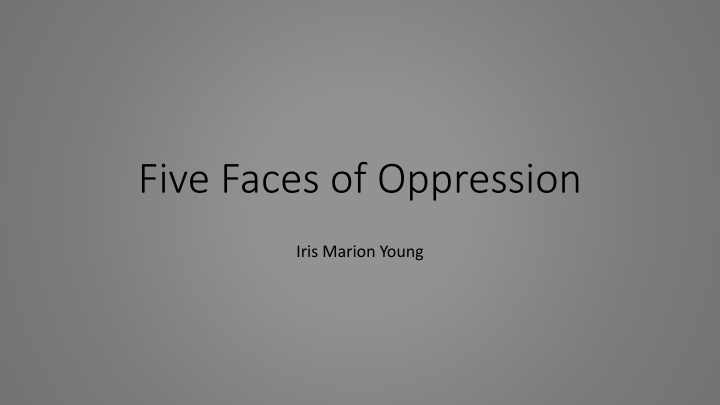
Structural Oppression and Group Dynamics
Explore Iris Marion Young's concept of oppression and group ontology, challenging traditional views and advocating for social justice through the recognition of group differences without oppression.
Download Presentation

Please find below an Image/Link to download the presentation.
The content on the website is provided AS IS for your information and personal use only. It may not be sold, licensed, or shared on other websites without obtaining consent from the author. If you encounter any issues during the download, it is possible that the publisher has removed the file from their server.
You are allowed to download the files provided on this website for personal or commercial use, subject to the condition that they are used lawfully. All files are the property of their respective owners.
The content on the website is provided AS IS for your information and personal use only. It may not be sold, licensed, or shared on other websites without obtaining consent from the author.
E N D
Presentation Transcript
Five Faces of Oppression Iris Marion Young
What is oppression Oppression is a central ethical category concerned with the ways people are inhibited in their ability to develop and exercise their capacities and express their needs, thoughts, and feelings (40).
What is oppression Young notes that oppression can refer to systemic constraints on groups that are not necessarily the result of the intentions of a tyrant. Oppression in this sense is structural, rather than the result of a few people s choices or policies. Its causes are embedded in unquestioned norms, habits, and symbols in the assumptions underlying institutional rules and the collective consequences of following those rules some groups suffer as a consequence of often unconscious assumptions and reactions of well-meaning people in ordinary interactions, media, and cultural stereotypes these relations do not always fit the paradigm of conscious and intentional oppression of one group by another (41)
What is oppression Question: Where do you see examples of this kind of structural or systemic oppression (driven by assumptions/theories) without a tyrannical oppressor or a person who sees him/herself as an agent of oppression?
What is a Group? Young argues that philosophers (and regular people too) tend to think about individuals and see groups as secondary and less significant (and most of our ethical theories are about treatment of individuals).
What is a Group? Young argues that philosophers (and regular people too) tend to think about individuals and see groups as secondary and less significant (and most of our ethical theories are about treatment of individuals). She wants to flip this and say that the group might be ontologically prior to and constitutive of the individual (p. 45 & 46). What does she mean by this and what is the value in this idea?
What is a Group? Social justice requires not the melting away of differences, but institutions that promote reproduction of and respect for group differences without oppression (47).
Five Faces: Exploitation Capitalism entails exploitation: we sell our labor for less than it is worth to the producer and we buy products for more than they cost to make.
Five Faces: Exploitation Capitalism entails exploitation: we sell our labor for less than it is worth to the producer and we buy products for more than they cost to make. And when we do, we inhibit our power/wealth and enhance that of others.
Five Faces: Exploitation Capitalism entails exploitation: we sell our labor for less than it is worth to the producer and we buy products for more than they cost to make. Young suggests (at least in many traditional arrangements), men similarly exploit the labor of women (whose childrearing and other domestic work is essential but un/under paid).
Five Faces: Exploitation Capitalism entails exploitation: we sell our labor for less than it is worth to the producer and we buy products for more than they cost to make. Young suggests (at least in many traditional arrangements), men similarly exploit the labor of women (whose childrearing and other domestic work is essential but un/under paid).
Five Faces: Exploitation Capitalism entails exploitation: we sell our labor for less than it is worth to the producer and we buy products for more than they cost to make. Young suggests (at least in many traditional arrangements), men similarly exploit the labor of women (whose childrearing and other domestic work is essential but un/under paid). And menial and servile labor works similarly: one gains status by pulling it from low status help.
Five Faces: Marginalization One is perceived as non-valuable, expendable, easily ignored, dependent, a burden and experiences boredom, dependency, lack of self respect, what Dr. King called Nobodyness
Five Faces: Powerlessness By virtue of one s status, a person lacks standing, authority, autonomy. They have to simply take orders and cannot develop/use their talents or skills productively or creatively.
Five Faces: Powerlessness By virtue of one s status, a person lacks standing, authority, autonomy. They have to simply take orders and cannot develop/use their talents or skills productively or creatively. Note how easily some people can be interrupted without it seeming rude.
Five Faces: Powerlessness By virtue of one s status, a person lacks standing, authority, autonomy. They have to simply take orders and cannot develop/use their talents or skills productively or creatively. Note: At first they are not treated by strangers with respectful distance or deference. Once people discover that this woman or that Puerto Rican man is a college teacher or a business executive, however, they often behave more respectfully .Working class white men, on the other hand, are often treated with respect until their working class status is revealed (58).
Five Faces: Cultural Imperialism To experience cultural imperialism means to experience how the dominant meanings of a society render the particular perspective of one s own group invisible at the same time as they stereotype one s group and mark it as Other (59)
Five Faces: Cultural Imperialism Often without noticing they do so, the dominant groups project their own experience as representative of humanity as such (59) Check out further thinking on this relation between the universal and the unique or cultural/particular [Along with Dubois notion of double consciousness on 59-60.
Five Faces: Cultural Imperialism Normal America And Religious "freedom And James Baldwin on double consciousness and cultural imperialism
Five Faces: Violence Members of some groups are oppressed to the extent that they are by that status uniquely exposed to rule bound, social, and often premeditated violence often motivated by fear and hatred bound up with fears of identity loss on the part of the attacker.

